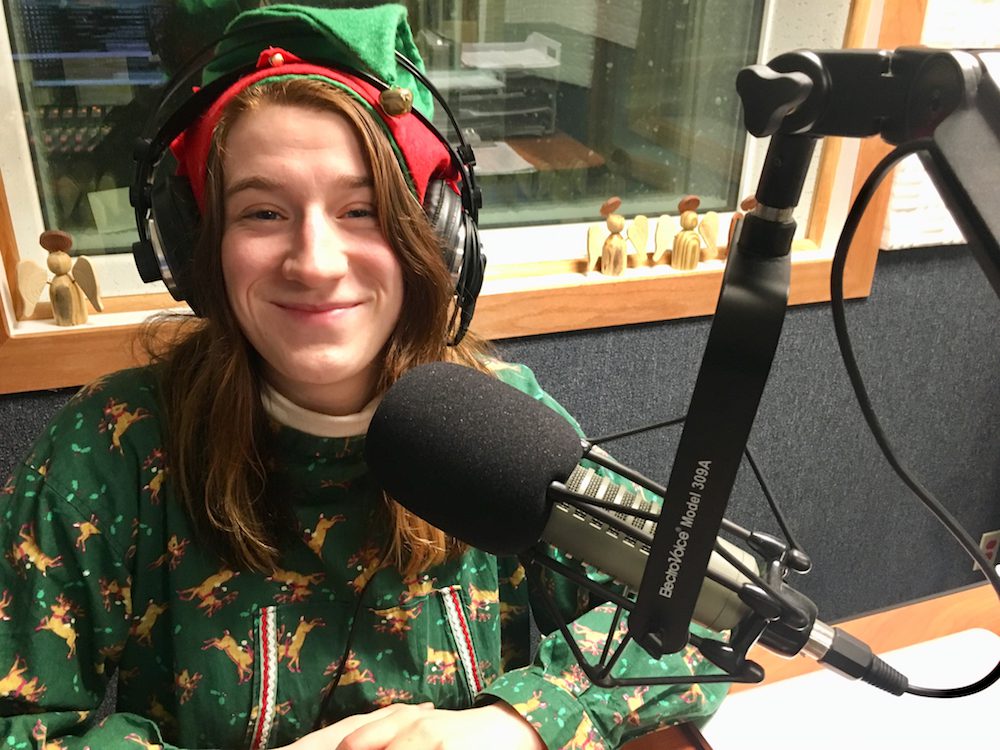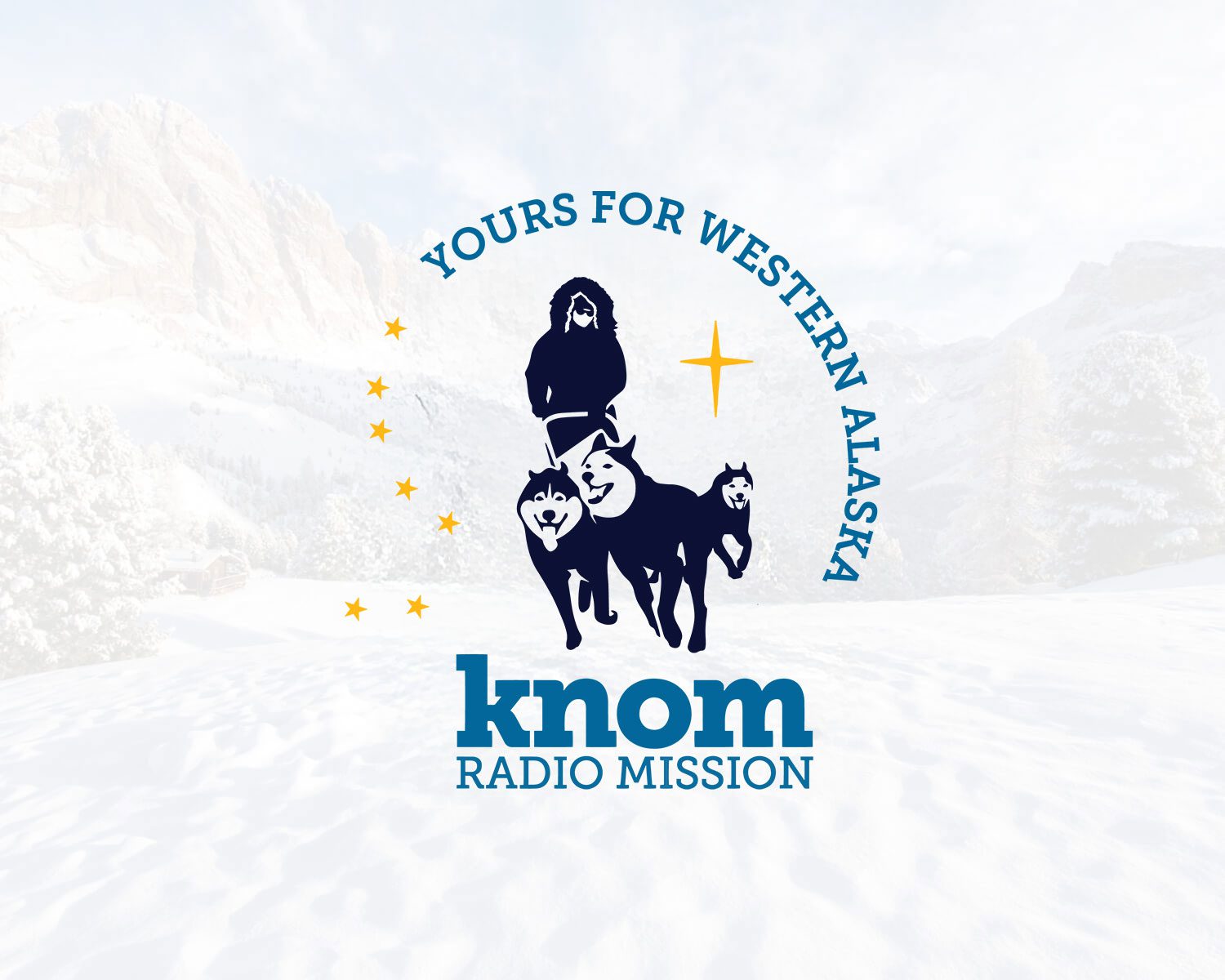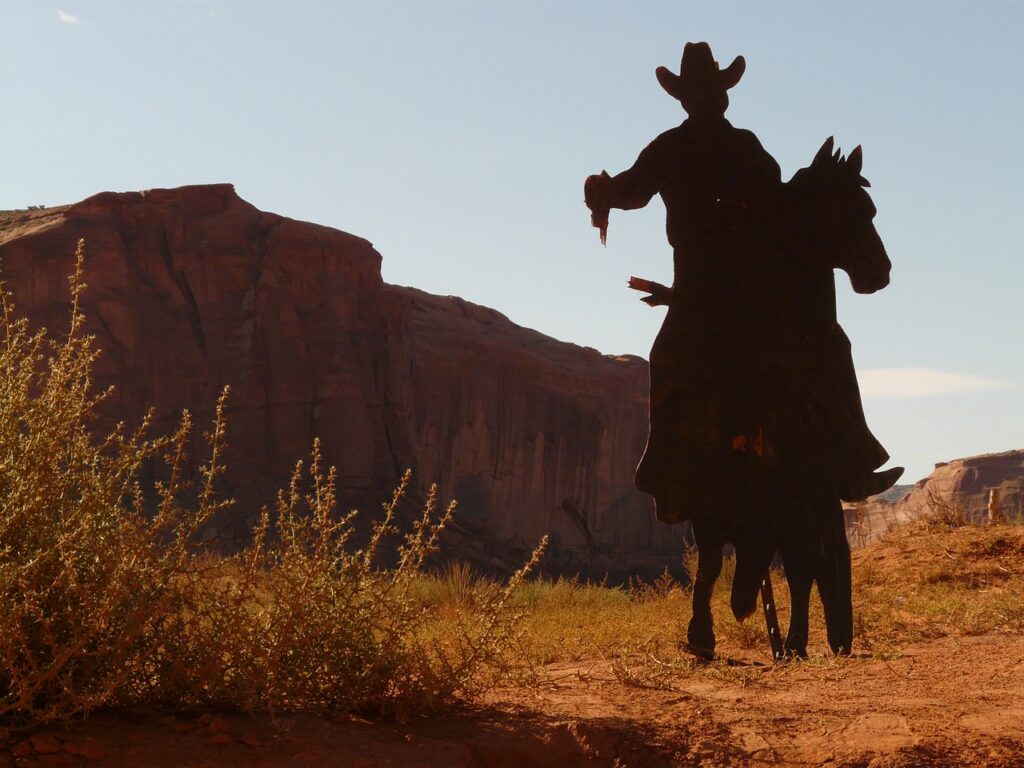This post may contain spoilers from the 2012 Christmas Play – Elements of Christmas. If you haven’t listened to it yet, listen to it here:

Ahh, the sounds of a radio play. Or, as more and more people listen to audio from the web, just an “Audio Play.” Or “Audio Theatre,” if you want to be technical. I have loved this art form ever since listening to Stan Freberg tapes (yes, cassette tapes!) as a kid, but it wasn’t until I got to college that I started experimenting with producing (and not just enjoying) the art form! I produced around 30 episodes of a twilight-zone-esque show for the university radio station, and became a member of the National Audio Theatre Festivals, where we put on a live audio play each Summer in Missouri. Basically, I love this art form in all of its aspects, so when I heard there was an opportunity to produce a Christmas play for KNOM, I was so excited!
My least favorite part of audio theatre is writing the script, however. And luckily, that’s Dayneé’s favorite part! One of the reasons we work so well together as the KNOM Morning Show is that our strengths and weaknesses cover each other well – and that extended to the Christmas play. Dayneé spent a good two and a half weeks writing the play, and it ended up a fantastic mix of poetry, prose, meta-references and, of course, zombies, robots, and candy cane dungeons – the best of what you’d expect for Christmas-tide!
And, she gave me some wonderful challenges for sound effects. The sounds of Unalakleet melting… err, defrosting. Dayneé lighting herself on fire. zombies wandering by the window. Hiding behind a statue of Hans Eged. What’s wonderful about this is that these “images” are possible through judicious application of sound effects. Your mind provides the image as long as the sounds sketch it out well enough.
After Dayneé finished the script, the next challenge was in recording the actors. For the most part, the actors played a version of themselves – the version of them that Dayneé wrote about – with the possible exception of Josh, who played a taciturn person and zombie most unlike his usual whimsical self. Eva had a unique challenge too – to portray not only herself, but an evil version of her twin sister (who really does exist, is named Sarah, and is not evil (so far as we know…)). We worked on Eva’s vocal performance, deciding eventually to keep “her” voice at a higher pitch, but to pitch her voice lower for Sarah’s part. And it worked! A completely different tone was provided, that helps to keep them separated – plus, some EQ and balance effects to keep the aurally separated as well. But I’m getting ahead of myself.

We also included some local “celebrities” like Jim from the Weather Service, and Jenn from the Park Service, Local Actor and Tour Guide Richard Benneville, and cameo appearances by Ric and Lynette Schmidt as the robot army. One of the difficulties of recording all these voices at different times is getting a consistent sound from the mics, as well as good performances from all of the actors. Walking the line between being thankful that the actors showed up at all and trying to get the best sound from them is tough, especially when the actors are volunteering their time and talents. Luckily, we were happy with the performances, and little coaching was needed to get the right sound for the show.

Once the voices are all recorded, the next step is editing them down to “perfect takes” – often a combination of different takes, edited together to make one perfect take. In the days before computer editing, this was literal splicing – you’d have to take a razor and cut audio tape, reattaching it with celophane tape. Thankfully, we have access to powerful non-linear computer editors – primarily the program Adobe Audition. Audition not only allows for cut and paste maneuvers, but more complex operations (even the ability to remove a ringing cell phone from an otherwise orchestral piece). Like their flagship product, Photoshop, it offers a huge range of things that can be done – and no guidance on how to use the tools. So the best way to learn how to edit and apply effects is to experiment – and one of the reasons I’m happy to use the software. Experimenting to find the right sound is lots of fun – if you’ve got the time to do it. And that’s where we run into problems.
Editing down to “perfect takes” takes time. And though I thought two weeks was plenty, I found myself pushing the deadline more and more as Christmas approached. But, on Christmas eve, all of the scenes had been edited together, and the sound effects had been chosen, placed, and melded into the scene. I worked on each scene individually, then mixed down the scenes and combined the mixdown with the narration, which gives a pleasing look to the final multi-track session:

I liken the final editing stage to a jigsaw puzzle – finding each piece, slotting it in where it’s needed, and taking in the whole once the pieces are fit together. And I like jigsaws, so I find editing audio to be therapeutic – it’s like having control over the universe for a short period of time, but not having to worry about it forever. That combination of creative freedom and repetition is zen-like – it offers a chance for meditation while being productive, and I often lose track of how much time I’ve spent editing.
In the final mix are sound effects, which I haven’t written much about. All of the background ambiences were recorded live – outside in various locations in Nome. I’ve done a bit of nat-sound recording, but never in sub-zero temperatures. The mics we were using have a metal stem which got EXTREMELY cold – cold enough that I had to wear two layers of gloves while recording. I really enjoyed scrunching through the snow to “hide” behind the fuel tank at our house – normally, that would be done with a box of corn-starch, but the nat-sound recording was a lot more fun. Most of the incidental sound effects were used with permission of Freesound.org – a sound effect repository where people (including me!) upload sound effects that they’ve been playing with. My favorite of these were the sounds I used for Dayneé discovering her power of fire – they were an aerosol can being shot through a candle into a bucket. Beautiful sounds that provided the right effects!
The music was mostly from SoundCloud – and all in the public domain or Creative Commons licensed. Mystery Mammal, Josh’s musical alter-ego, also provided two songs, which was neat – to be able to include music and sounds from within KNOM was a fun nod to the talents of the volunteers.
The last step of the process before the final mix is to apply vocal effects. I did this to the Angel voices, to the Robot voices, and to Sarah’s voice – in different ways, of course. The robots and angels got a vocal flange effect that makes the robots sound… robotic… and the angels sound mildly other-worldly. Sarah’s voice was deepened slightly, and Eva’s voice was mastered to bring out the crisp sounds at the high-frequency end, helping to separate their voices. And I could apply these effects to the whole track, rather than having to work on each recording individually, which saved me a great deal of time, and made the sound consistent across the entire scene.
So – that’s the Christmas Play in a nutshell – time consuming, but fun and zenlike simultaneously. What’s your reaction to the play? Any favorite sound effects or moments that stood out to you? Let us know in the comments!







